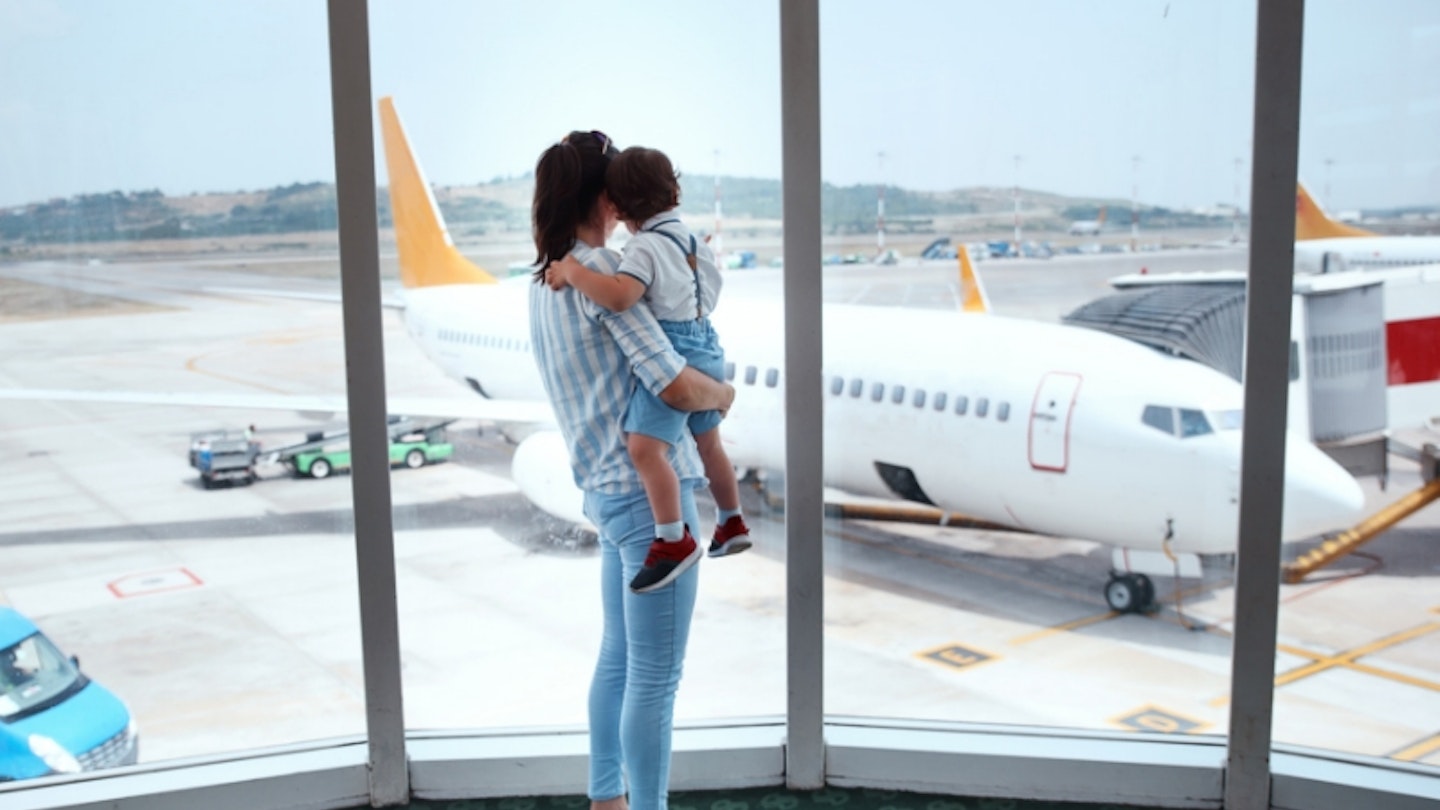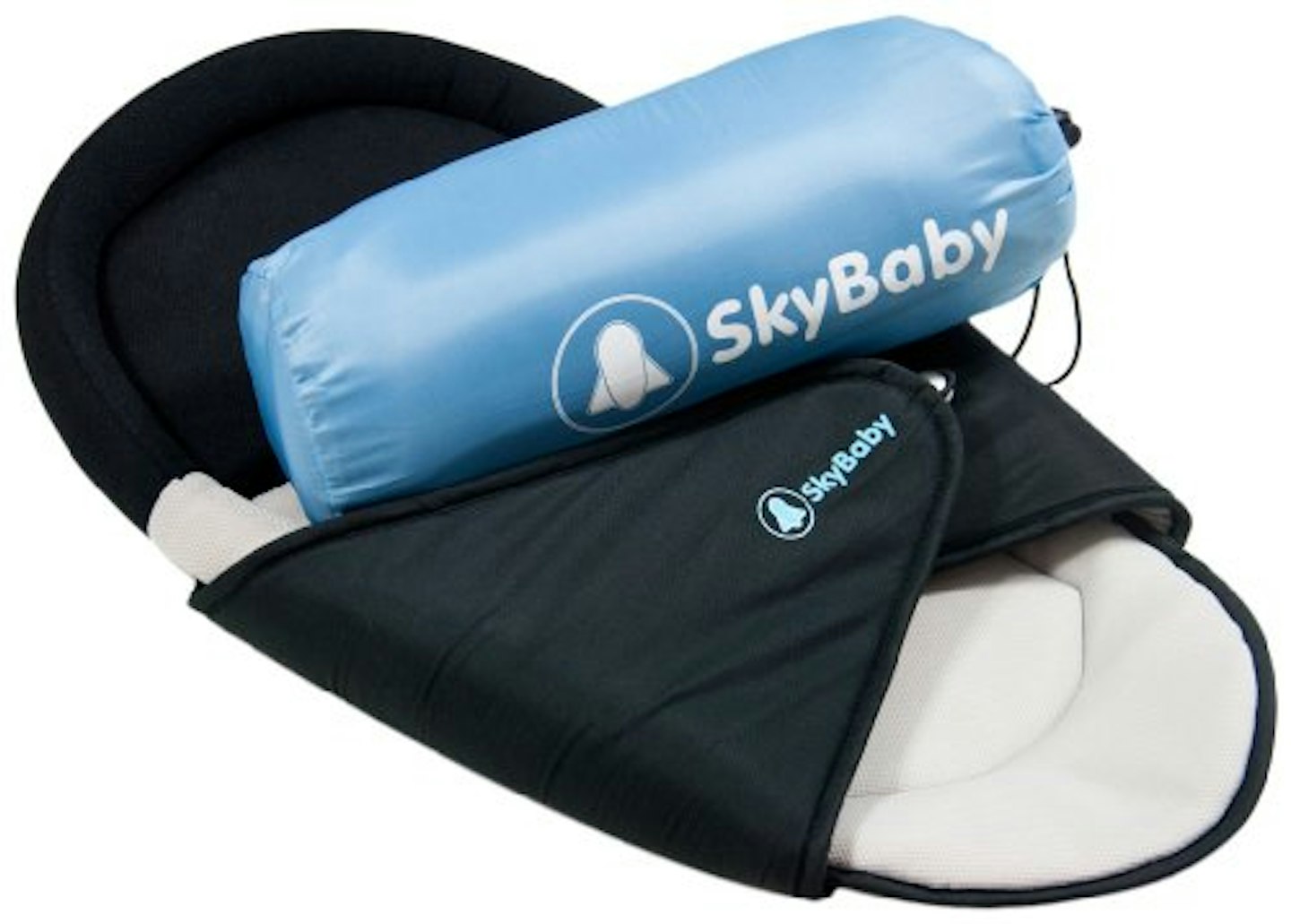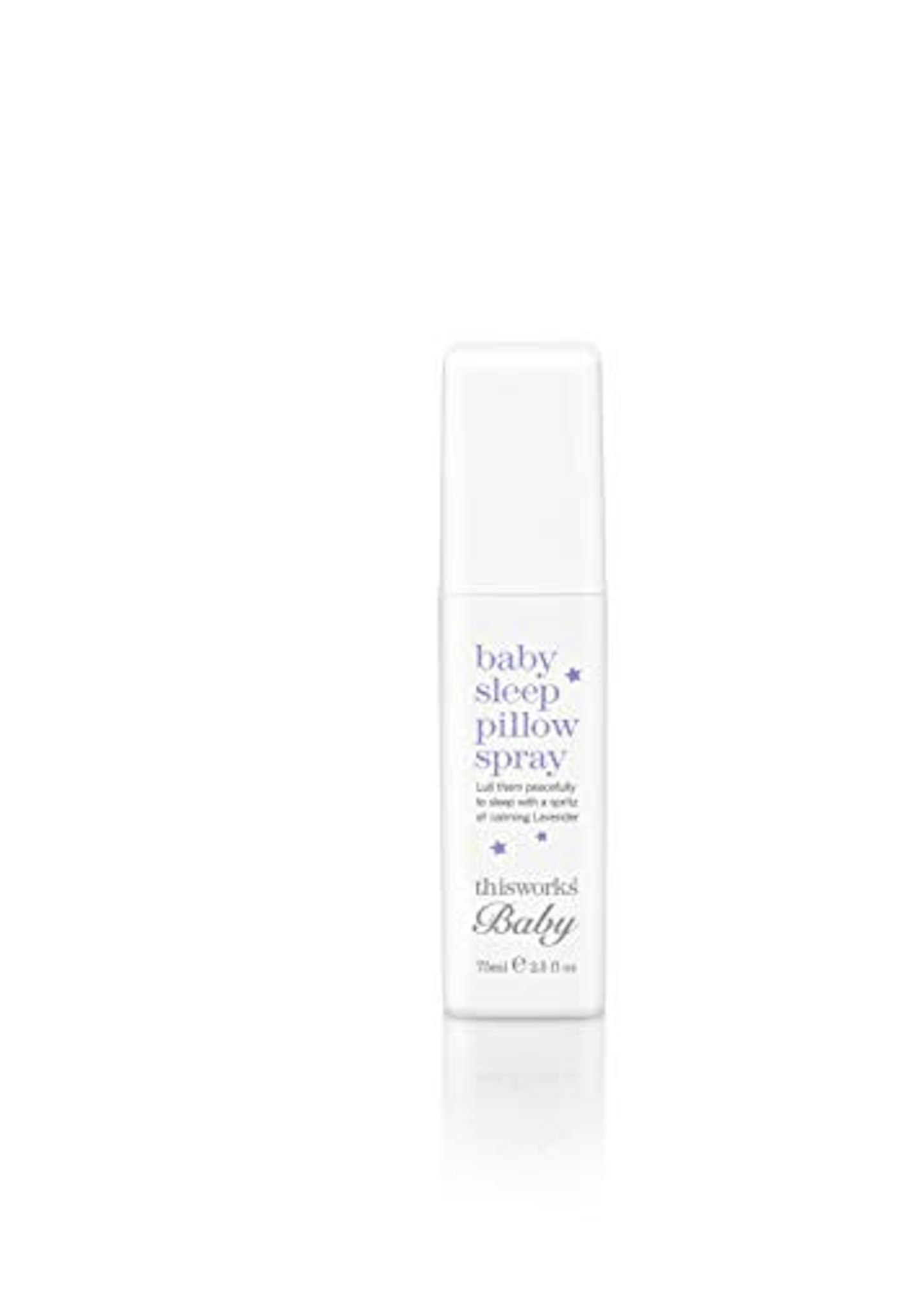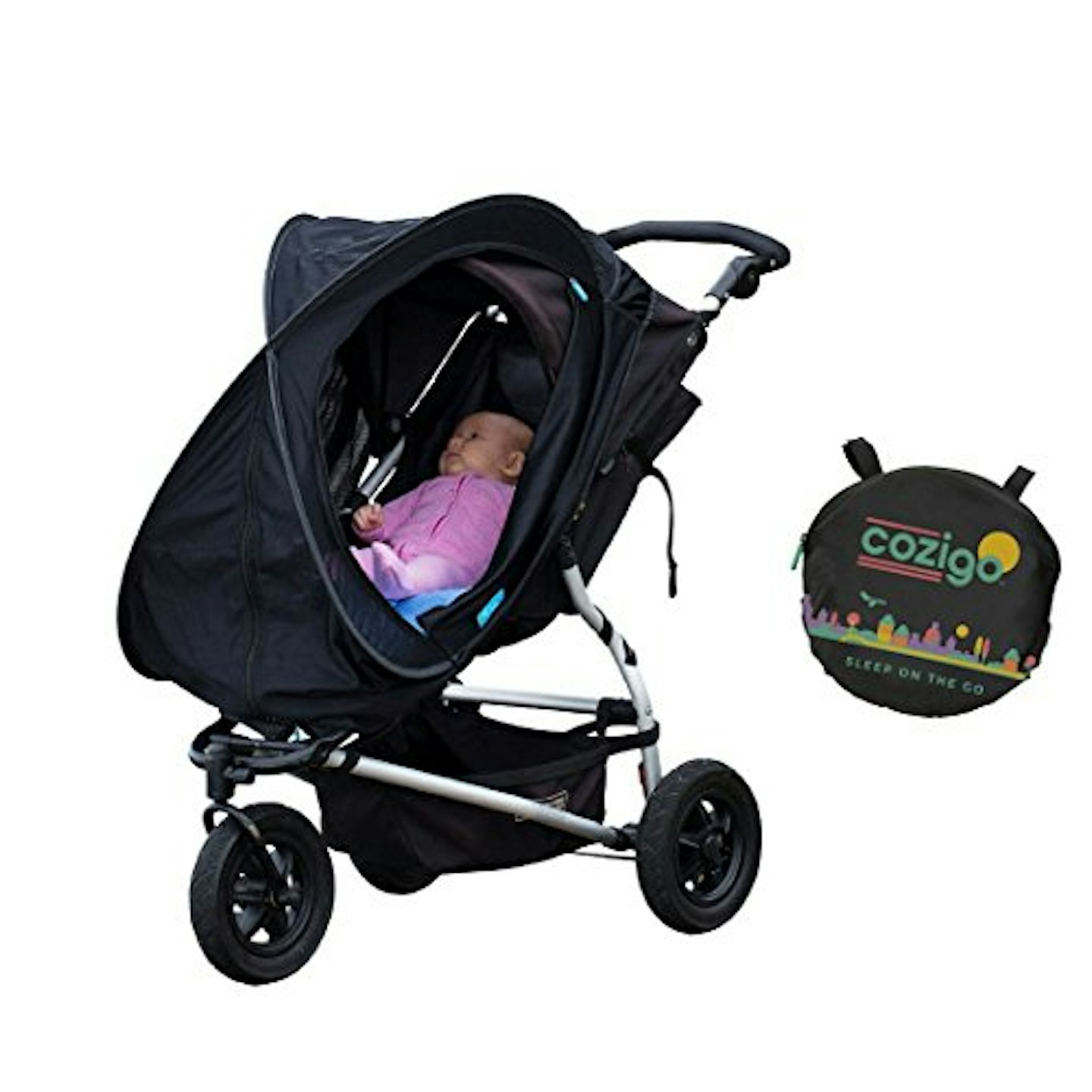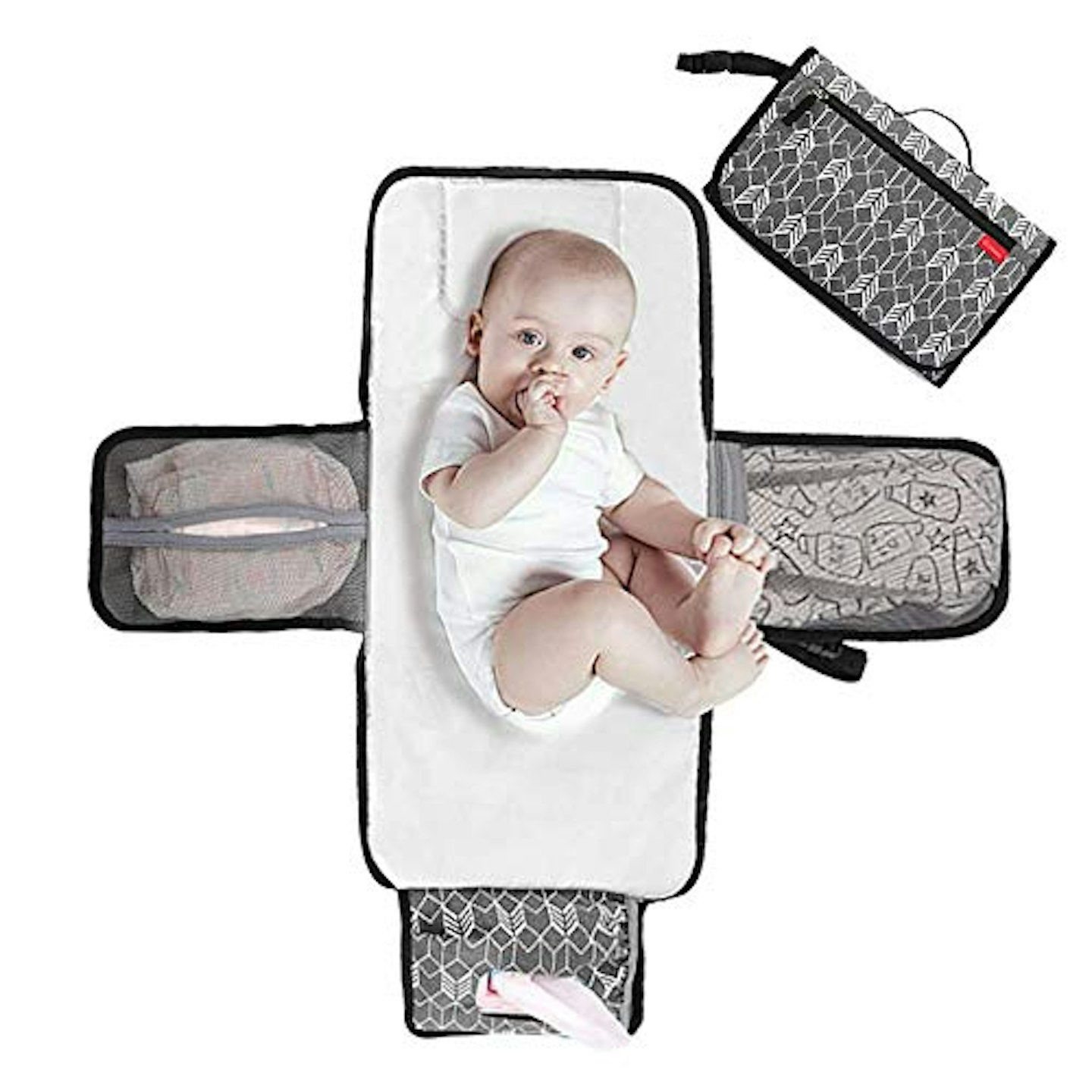Taking your little one on holiday for the first time? Have you thought about all the essentials such as ear defenders or travel prams?
Planning your first family holiday and surviving the tripwithout any major mishaps can be a tricky business, but if you're clued up on how to get a baby to sleep on a plane, you're halfway there. Here's everything you need to know to ensure your little one's first time on a plane is an absolute breeze...
Booking a flight
Before booking your flight, spend time researching different airlines to find the one that best suits your needs, especially if it’s long-haul. Most airlines will allow you to fly with your baby when she’s as young as 14 days old, but with some, it’s possible from just two days. Your baby must have her own passport and she’ll also need to be added to your travel insurance policy. Even if you don’t book her a seat of her own, you must add her onto your booking, as she’ll still need a ticket, along with any relevant visas.
Once you’ve booked your flights, make it your very first job to request a bassinet. This is a type of cot that attaches to the bulkhead wall of the plane, which separates the seats from the toilet and crew areas. You’ll also need to book your seat in the bassinet row. This is the row of seats directly behind the bulkhead wall and it will be shown on the airline’s online seating plan with a cot symbol. Check that the bassinet measurements are suitable for your baby’s age, weight and length. The majority have a 10kg and eight-month limit but this does vary between airlines. Most airlines only have a few onboard so you’ll need to request it as early as possible. If you’re booking a flight directly with an airline, request a bassinet at the time of your booking. If you’re using an air comparison site, check whether you can add a bassinet on to your booking, but if not, call your airline directly to request one.
If it’s not possible to book a bassinet, consider if you want to buy a seat for your baby. This means you can take your car seat with you, but expect to pay around 75 per cent of an adult fare. On long-haul flights, or if you have an older baby, then it’s a good idea for her to have her own seat, but younger babies will be fine on your lap for a short-haul flight. To be able to use your car seat on the plane, it will need to have a five-point harness and carry an EU or FAA label. You won’t be able to use your car seat if it has a separate base and it’s wise to check online to find out if it will fit the seat dimensions. Find out if your airline has any other requirements such as fitted in-seat airbags, as you won’t be able to use a car seat at all if it does.
If you decide not to buy a seat for your youngster and if she’s under two years of age, she can fly for around ten per cent of the adult fare plus taxes. If it’s a full flight, she’ll have to sit on your lap the whole way, but there are ways to make this less of a stress. If there are two of you flying with your baby, request seats A and C, D and F or H and K. Single middle seats are usually the last to be booked, so if it’s not a full flight, you’re more likely to be able to use this seat for your child. Also, ask for an extendable lap belt.

Luggage
Whether you’ve booked an extra seat or not, ask if you can take your car seat with you as you’ll be able to use it if there are empty seats available. If not, it will be put in the hold as part of your hold allowance. You’ll also be able to carry on a smaller buggy, but again, it might be put in the hold if there’s no space in the cabin. Make sure you use the extra hand-luggage allowance for your baby too – you’ll get this whether or not you’ve paid for an extra seat. Most airlines offer 5 to 10kg, and it can make your life on board much, much easier.
Pack an extra layer of clothes for your baby so she’s still comfy when the air-conditioning kicks in, along with a full change of clothes for you and her and a spare top for you and your partner – accidents happen! Put in nappies, a changing kit, a light blanket, Calpol sachets and a sling too. Bring some new toys – wrap them in paper for extra entertainment – and pack chargers for your breast pump if you’re using one.
Feeding your baby
You can take as much expressed breastmilk, formula and cow's milk through security as you need for your journey, as well as any food and snacks for your baby. Always take enough for at least two extra feeds in case of unexpected delays. Most UK airports have a Boots store, and you can pre-order your baby milk a week in advance online, then pick it up in-store in the departure lounge. Buy extra nappies and food from Boots as well, as it gives you an extra duty-free bag to take on the plane.
Weaning
If you’ve weaned your baby, then feeding her onboard needn’t be a hassle. You can pre-order baby food for your flight, and most airlines offer baby pureés and children’s meals for over twos. If your baby falls between these stages, take your own food. It’s up to your cabin crew whether they’re happy to heat or chill food for you but if they’re not, ask for a cup of hot water to warm pouches in or a bag of ice cubes to keep milk cold. Take plenty of snacks for your little one too. We'd recommend cornflakes (without the milk!), blueberries, dried fruit and crackers.
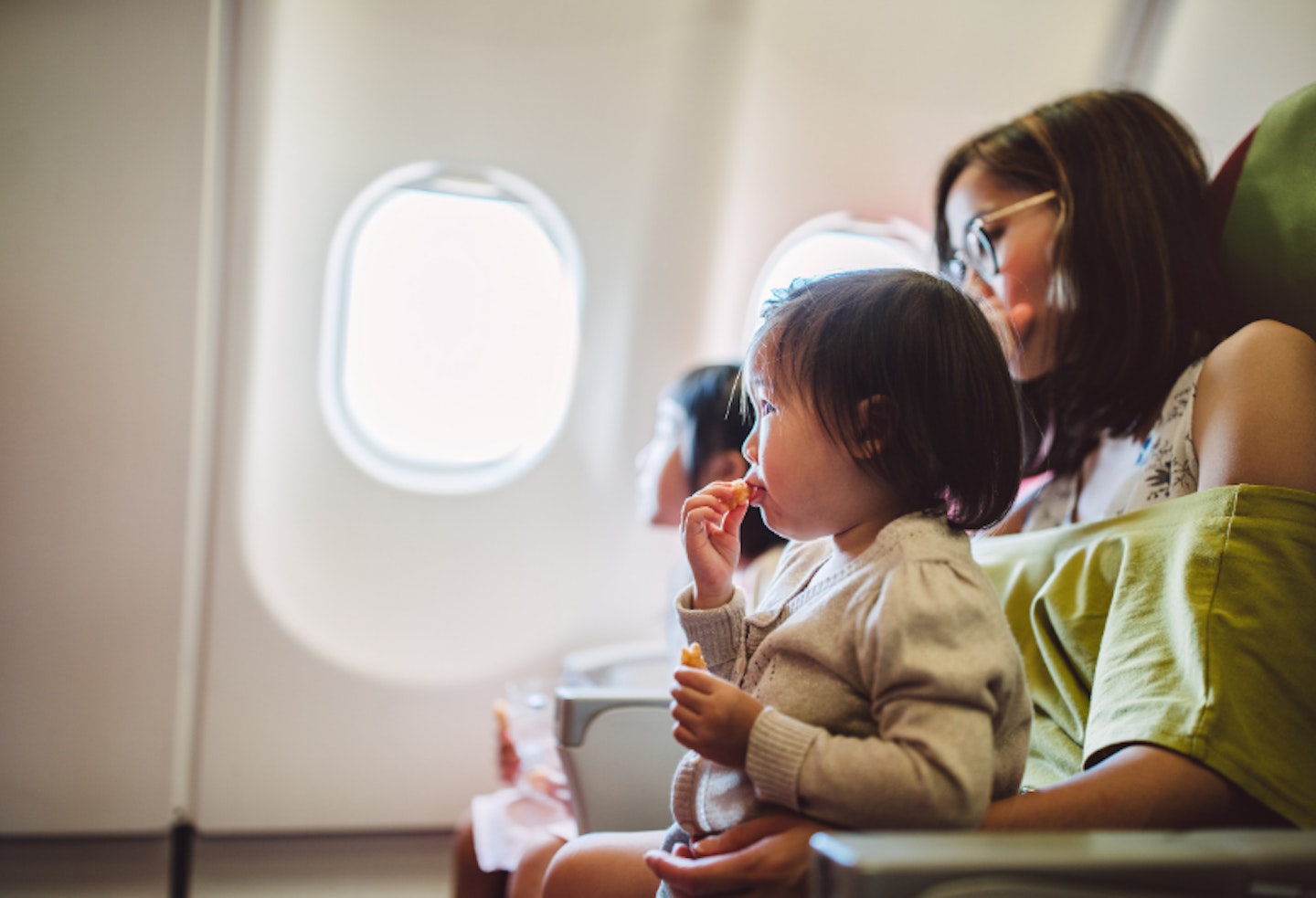
Boarding and take-off
At the departure gate, plan for your partner to board first with your hand luggage and set up camp. You and your baby should board last so you don’t have to entertain her for an extra 20 minutes on the plane.
You’ll need to hold her on your lap during take-off and if you’ve ordered a bassinet, the crew will attach it to the wall once the plane is in the air. Bassinets have a zip or velcro strap so she’ll be secure, but if the seat-belt sign comes on, you’ll need to hold her on your lap.
Sleep
Although many people avoid night flights, these can be ideal with babies who are in a bedtime routine. If they can nod off this will be less daunting than trying to entertain them for the full flight!
There are plenty of ways to try and get your baby to sleep on the plane. Treat the flight as you would their usual routine, give her milk, read a story, put her into her pyjamas and tell her it’s time for bed.
Although there are lots of interesting surroundings, try to keep things as calm and ‘boring’ as possible so your youngster isn't over-stimulated. If it’s dark already then that’s a bonus! Just keep your fingers crossed that there is little turbulence so you don’t have to take the baby out of the bassinet! If all else fails then make sure you have a baby carrier so you can strap her in and walk the aisles.
Nappy changes
Changing her can be tricky in a small aeroplane toilet. Most planes will have changing tables but if yours doesn’t, use the toilet as a makeshift changing table, after giving it a good once-over with an anti-bacterial wipe. Save time by stripping your baby to her nappy in your seat, then dress her when you get back. Plan for how many changes your baby will need and make up some single-change kits: into a zip-lock freezer bag, pop a single nappy and a few wipes in a plastic bag.
Manage your expectations
Of course, you want the trip to go smoothly but be realistic about this, things will get stressful but it is unlikely to ever be as bad as you anticipate. Think of what your worst-case scenario might be and keep it in mind before you travel… think children staying awake the whole time screaming, baby sick all over you, the baby tries to climb out of bassinet… you will get through it, life will go on and it will all be worth it once you get to your destination.
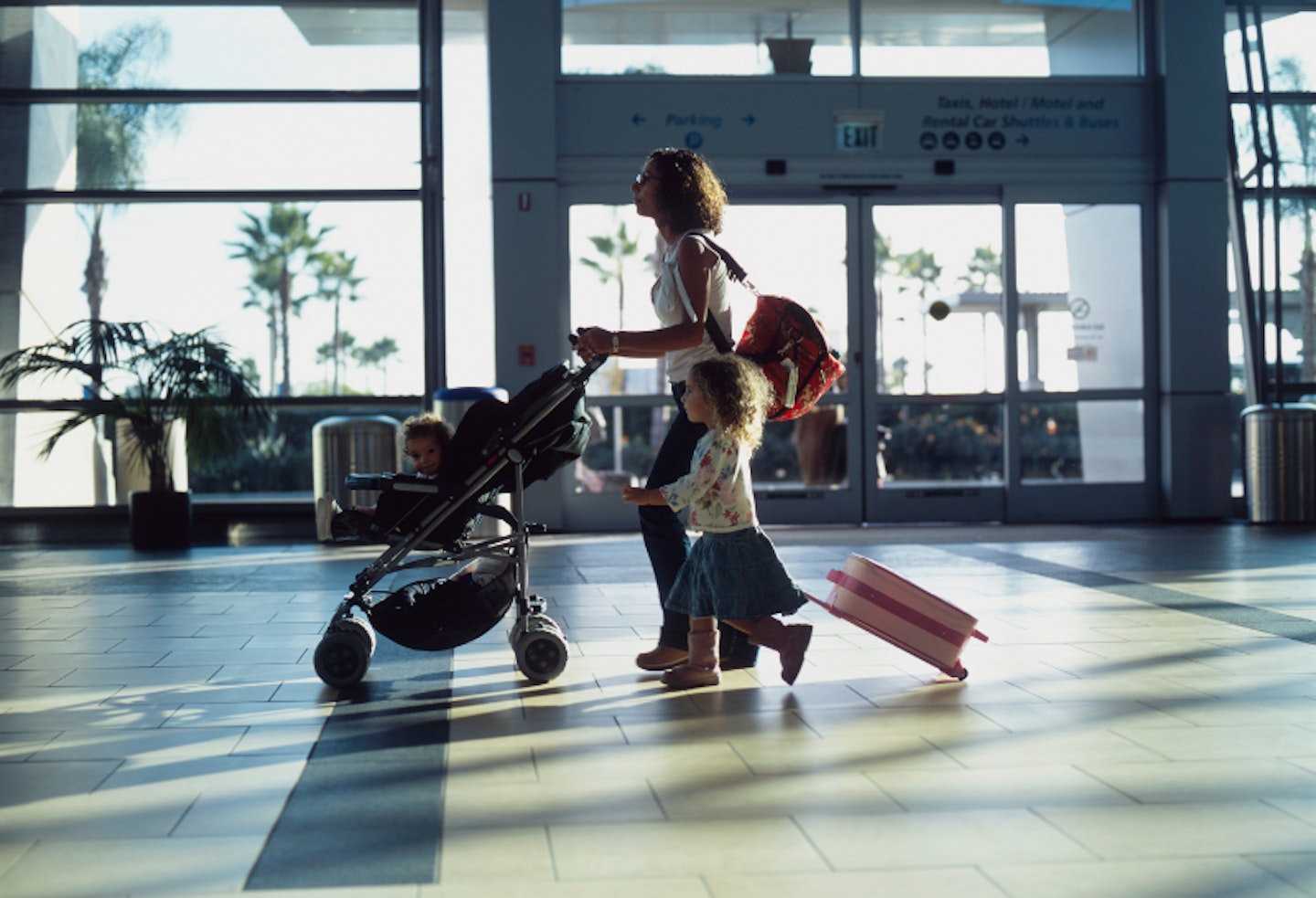
Don't be afraid to ask for help if you need it - most airline crew are pretty helpful and will hold the baby if you need to get something from your bag or will offer to watch your children if you need to pop to the bathroom.
Once you land, put your baby in her sling so you have your hands free for the rest of your bags. Ask if there’s a family queue you can use at customs as it might help you avoid long queues. Then smile and enjoy the rest of your trip – you and your baby have enjoyed your first flight together, fret-free!
Meet the expert: Carrie Bradley is a mum of two, former flight attendant and creator of flyingwithababy.com
Essential buys for flying with your baby
Description
The Sky Baby Travel Mattress offers a comfy alternative if your baby is on your lap during the flight. It has wraparound wings to keep her secure and is handy for lifting her over to someone else when you need to stretch your legs or pop to the loo.
Description
Use This Works Baby Sleep Pillow Spray at home first and the familiar smell will help your baby settle in different surroundings.
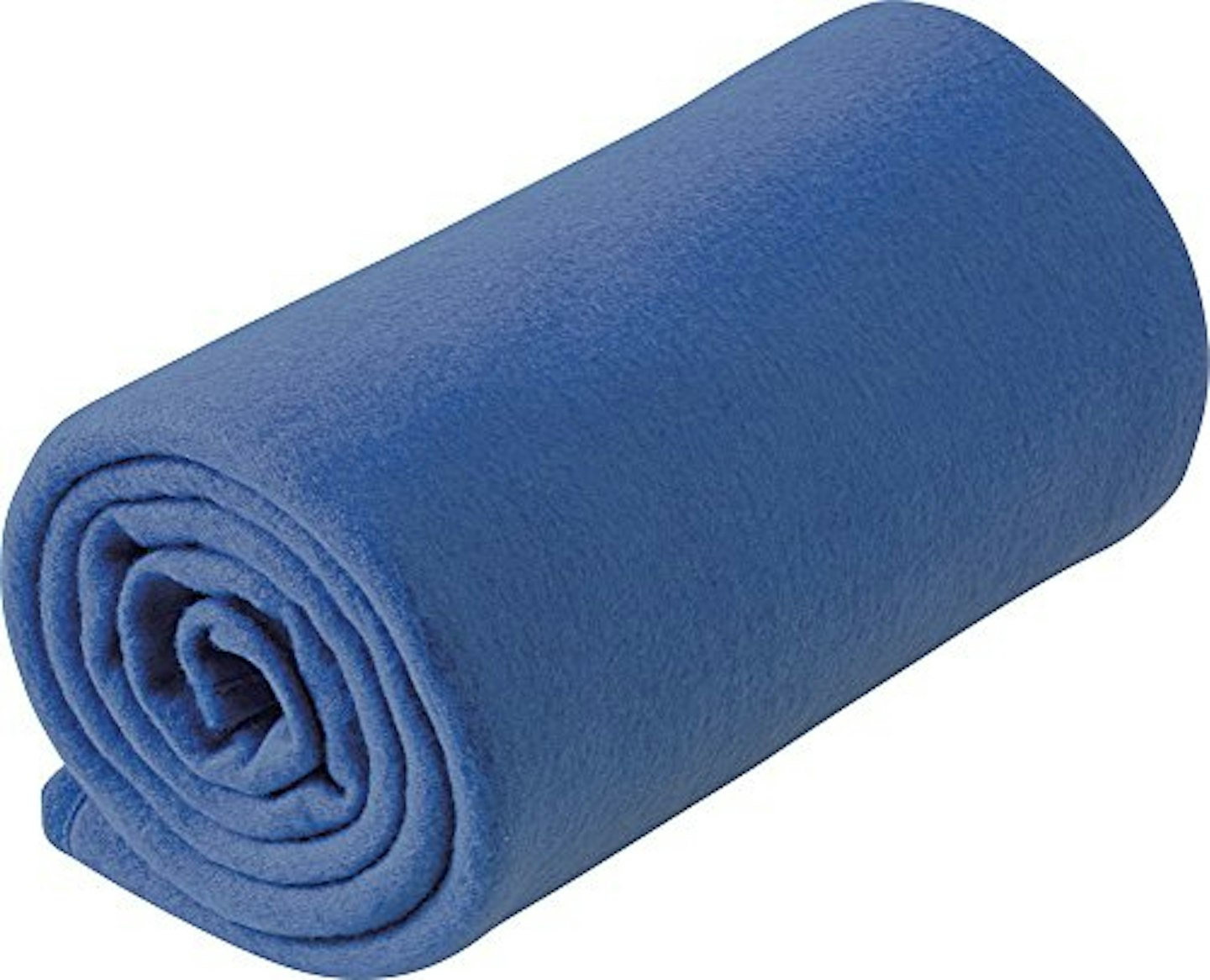
Description
Once the cabin temperature drops, the Lightweight Go Travel Kids Travel Blanket will keep your baby warm and will provide a discreet cover-up if you’re breastfeeding. It folds compactly to save space in your hand luggage.
Description
Clip this cover on to the bassinet to shield your baby from cabin lights. 100 per cent breathable, it can also be used as a sun cover providing UVP of 50+.
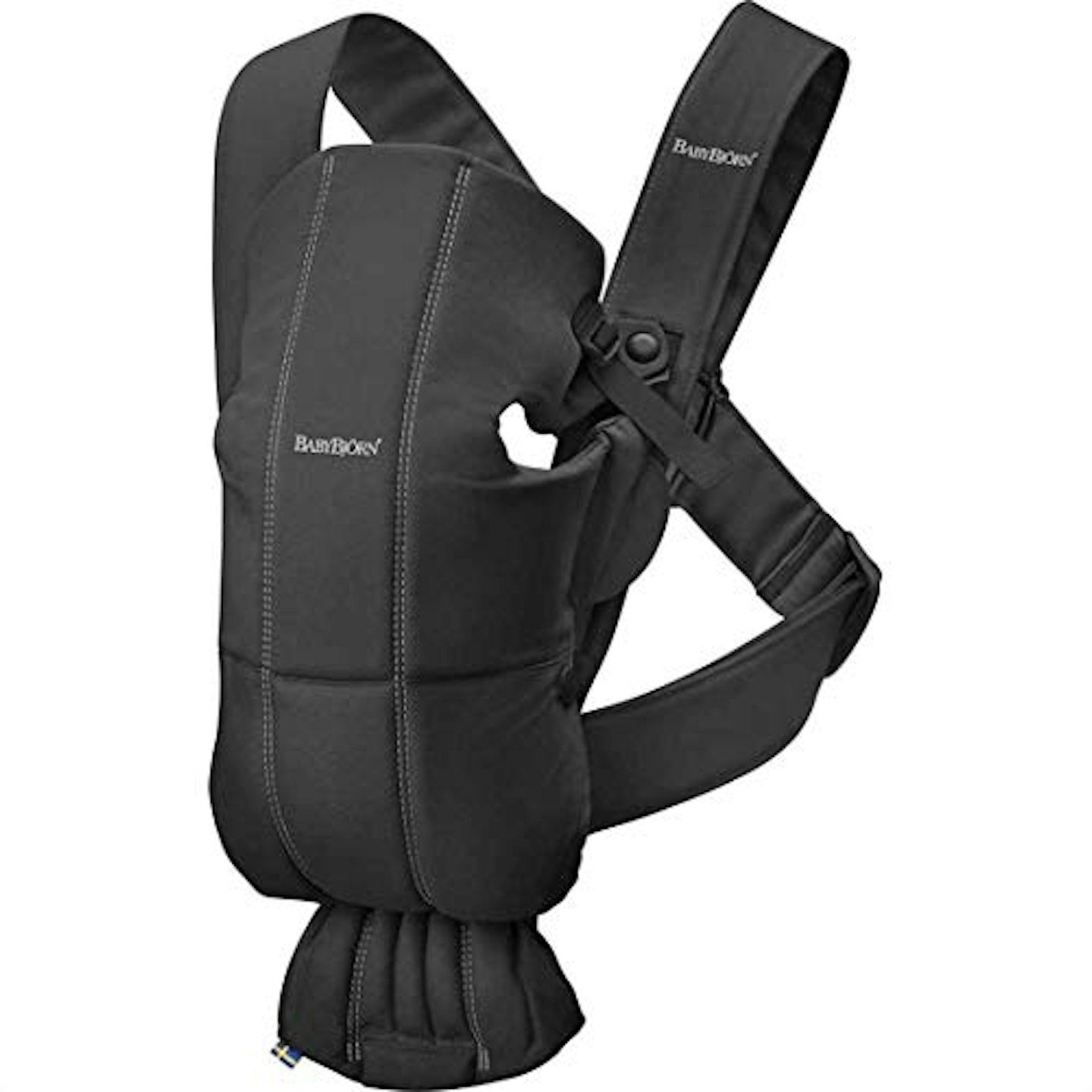
redirect.viglink.com
Description
Soft, flexible and easy to use, this baby carrier comes in lots of gorgeous colours and will keep your hands free once you’ve checked your buggy in.
Description
Most planes should have a changing table, but it’s worth bringing along a compact nappy-change wallet just in case they don’t.
Popular articles to read next:
The best family holidays abroad: Tips, locations and hotels
Our top family Airbnbs across the world
9 tips for getting your baby to sleep on the plane
How to breastfeed on a plane and sterilse bottles when travelling
